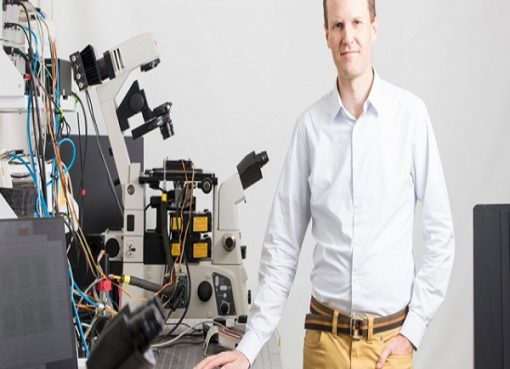Electric motors are everywhere! In your house, almost every mechanical movement that you see around you is caused by an AC (alternating current) or DC (direct current) electric motor.
A simple motor has six parts:
- Brushes
- Axle
- Field magnet
- DC power supply of some sort
By understanding how a motor works you can learn a lot about magnets, electromagnets and electricity in general. In this article, you will learn what makes electric motors tick
An electric motor is all about magnets and magnetism: A motor uses magnets to create motion. If you have ever played with magnets you know about the fundamental law of all magnets: Opposites attract and likes repel. So if you have two bar magnets with their ends marked “north” and “south,” then the north end of one magnet will attract the south end of the other. On the other hand, the north end of one magnet will repel the north end of the other (and similarly, south will repel south). Inside an electric motor, these attracting and repelling forces create rotational motion.
In the above diagram, you can see two magnets in the motor: The armature (or rotor) is an electromagnet, while the field magnet is a permanent magnet (the field magnet could be an electromagnet as well, but in most small motors it isn’t in order to save power.)
The motor being dissected here is a simple electric motor that you would typically find in a toy.
You can see that this is a small motor, about as big around as a dime. From the outside you can see the steel can that forms the body of the motor, an axle, a nylon end cap and two battery leads. If you hook the battery leads of the motor up to a flashlight battery, the axle will spin. If you reverse the leads, it will spin in the opposite direction. Here are two other views of the same motor. (Note the two slots in the side of the steel can in the second shot — their purpose will become more evident in a moment.)
The nylon end cap is held in place by two tabs that are part of the steel can. By bending the tabs back, you can free the end cap and remove it. Inside the end cap are the motor’s brushes. These brushes transfer power from the battery to the commutator as the motor spins:
The axle holds the armature and the commutator. The armature is a set of electromagnets, in this case three. The armature in this motor is a set of thin metal plates stacked together, with thin copper wire coiled around each of the three poles of the armature. The two ends of each wire (one wire for each pole) are soldered onto a terminal, and then each of the three terminals is wired to one plate of the commutator.
The final piece of any DC electric motor is the field magnet. The field magnet in this motor is formed by the can itself plus two curved permanent magnets.














Baclofen Prix Propecia 2mg 5mg Generique Amoxicillin Sans Ordonnance Pilule Contraceptive [url=http://sildenaf100.com]viagra[/url] Cialis 5mg 20mg